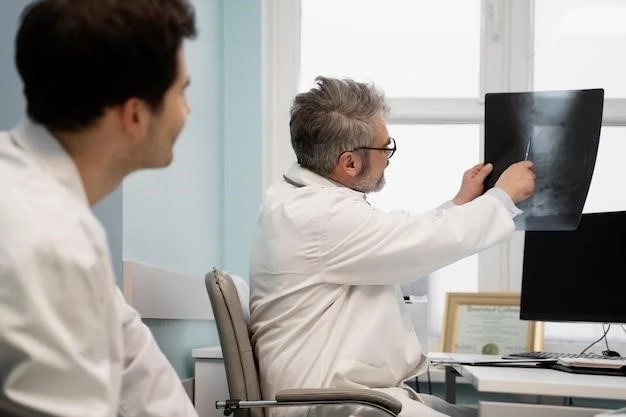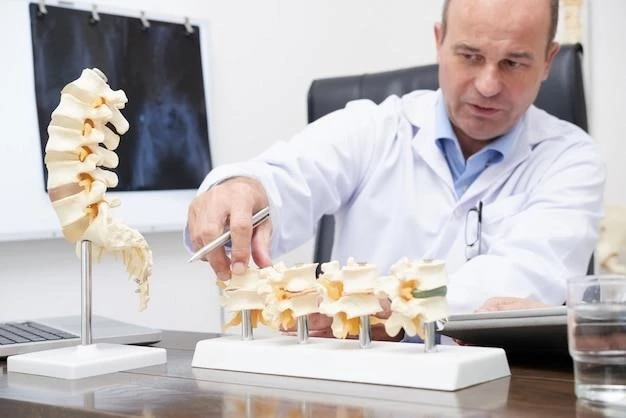Overview of Sclerosteosis
Sclerosteosis is a rare, severe sclerosing bone dysplasia characterized by progressive skeletal overgrowth due to SOST gene mutations causing deficiency of sclerostin․ This leads to increased bone strength and distinctive facial features․
Sclerostin Deficiency
Sclerostin deficiency in individuals with Sclerosteosis is caused by inactivating mutations of the SOST gene, resulting in the absence of expression of sclerostin from mature osteocytes․ Sclerostin acts as a potent antagonist of the Wnt/β-catenin signaling pathway, impacting bone formation․ This deficiency leads to progressive skeletal overgrowth, distinctive facial features, and compressive neurological complications․ Understanding the genetic basis and molecular mechanisms underlying this deficiency is crucial for targeted treatment strategies and ongoing research in the field․
Clinical Features
Seek medical advice if you notice progressive skeletal overgrowth, distinctive facial features, syndactyly, cranial nerve complications, or signs of increased bone mass․
Distinctive Facial Features
Distinctive facial features in individuals with Sclerosteosis include mandibular overgrowth, frontal bossing, midfacial hypoplasia, and syndactyly․ These characteristics are key clinical markers to consider when evaluating a potential case of Sclerosteosis․
Neurological Complications
Neurological complications in individuals with Sclerosteosis can manifest as cranial nerve entrapment, leading to facial palsy and deafness due to cranial nerve compression․ Early recognition of these complications is essential for appropriate management and treatment interventions․ Seeking medical advice for progressive symptoms is crucial in ensuring optimal care and support for individuals with Sclerosteosis․

Genetic Basis
Understanding the genetic basis of Sclerosteosis involves recognizing the inactivating mutations in the SOST gene, which encodes sclerostin․ These mutations result in abnormal bone formation, leading to the distinctive clinical features seen in individuals with Sclerosteosis․ Detailed genetic testing and counseling may help in managing this rare genetic disorder․
SOST Gene Mutations
The SOST gene mutations in Sclerosteosis result in the absence of sclerostin expression or secretion from mature osteocytes․ This disruption in the Wnt/β-catenin signaling pathway contributes to the pathogenesis of the disease, leading to the characteristic skeletal overgrowth and clinical features observed in individuals affected by Sclerosteosis․ Understanding these genetic alterations is vital for diagnosis, genetic counseling, and potential targeted therapies․

Comparison to Van Buchem Disease
When comparing Sclerosteosis to Van Buchem disease, consider differences in bone thickening patterns, genetic mutations, and distinctive clinical features such as syndactyly and craniofacial abnormalities․
Differentiating Factors
When distinguishing Sclerosteosis from Van Buchem disease, consider factors such as bone thickening patterns, genetic mutations, distinctive clinical features like syndactyly, and the demographic prevalence of these rare bone disorders․ Consulting with healthcare professionals for proper diagnosis and management is essential․
Consider the radiological features in Sclerosteosis, including generalized bone thickening, skull table, mandible, and long bone sclerosis․ Seek expert evaluation for accurate diagnosis and treatment․
Radiological Features
Examine the radiological manifestations in Sclerosteosis, including generalized thickening and sclerosis of the skull tables, mandible, and long bones․ Seek expert consultation for accurate interpretation and diagnosis․
Epidemiology
Understand the prevalence of Sclerosteosis, mainly seen in the Afrikaner population of South Africa․ Seek expert advice for diagnosis and management in affected individuals․
Prevalence in Afrikaner Population
Sclerosteosis is predominantly prevalent among individuals of Afrikaner descent in South Africa․ Understanding this demographic association can aid in identifying potential cases and providing appropriate medical care and genetic counseling․
Consider inhibition of sclerostin as a potential treatment strategy for Sclerosteosis․ Stay informed about ongoing research developments in this field for novel therapeutic approaches․
Treatment and Research
Explore the inhibition of sclerostin as a therapeutic approach for Sclerosteosis․ Stay informed about ongoing research to identify novel treatment modalities and advances in managing this rare genetic disorder․
Differential Diagnosis
Consult healthcare providers for a thorough evaluation to differentiate Sclerosteosis from similar conditions like Van Buchem disease, considering bone thickening patterns and genetic mutations․
Comparison to Osteopetrosis
Learn about the genetic and clinical differences between Sclerosteosis and Van Buchem disease, especially in bone thickening patterns and demographic prevalence․ Seek medical guidance for accurate diagnosis and management․
